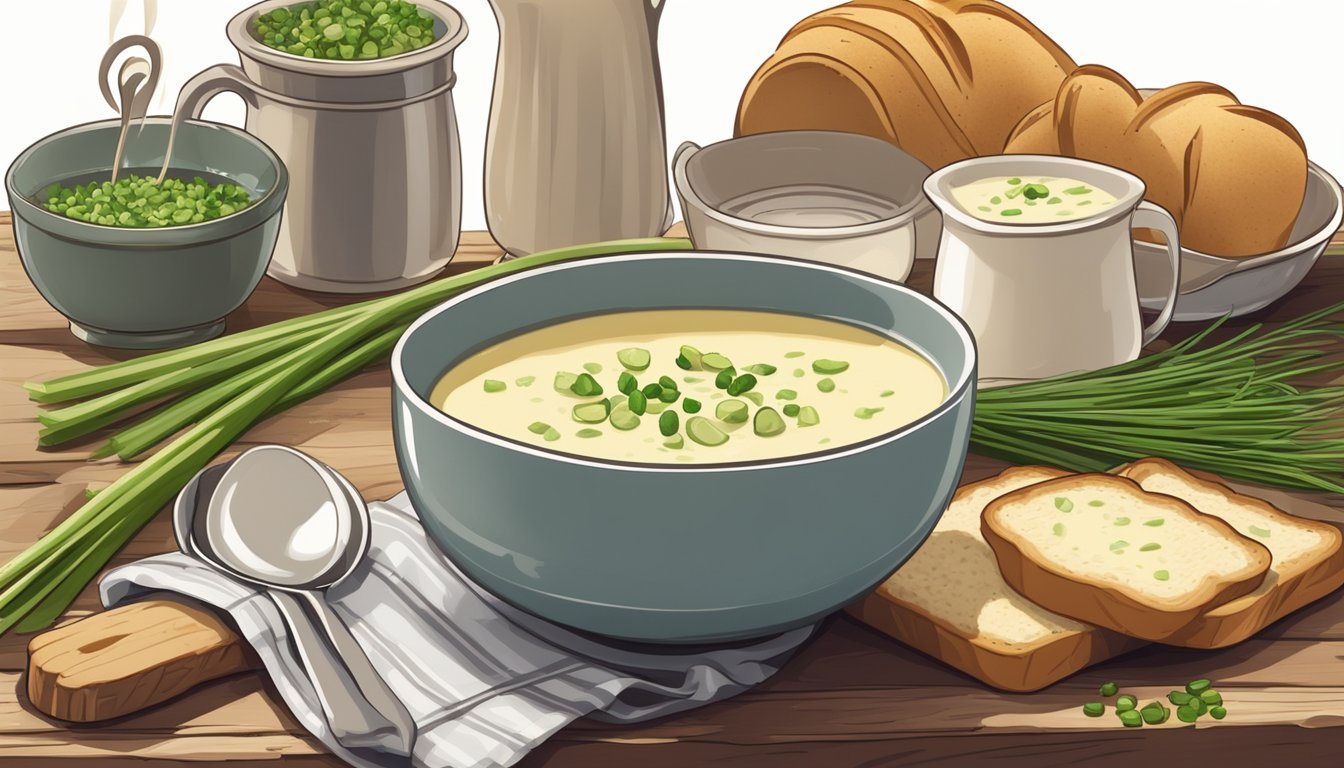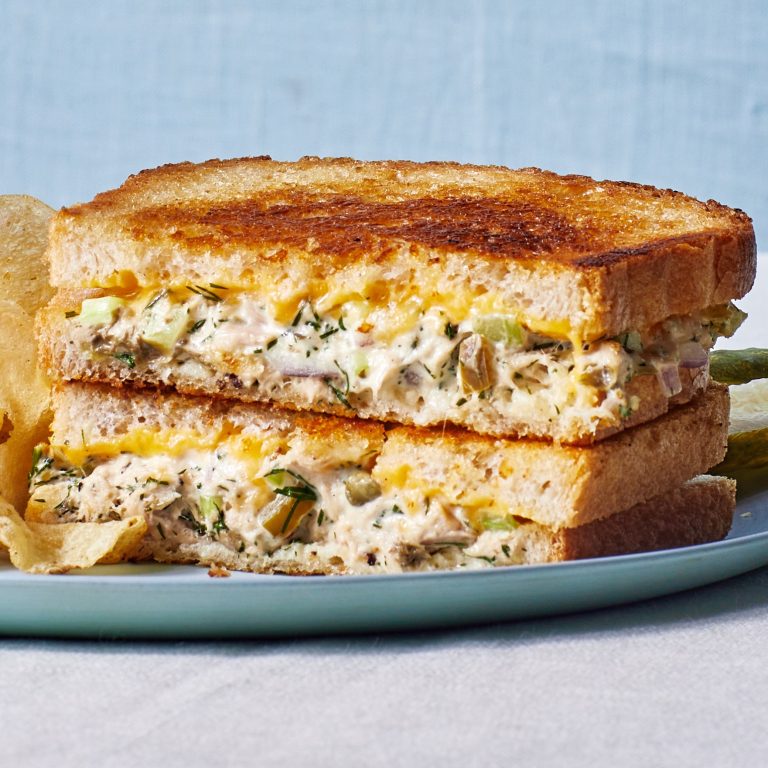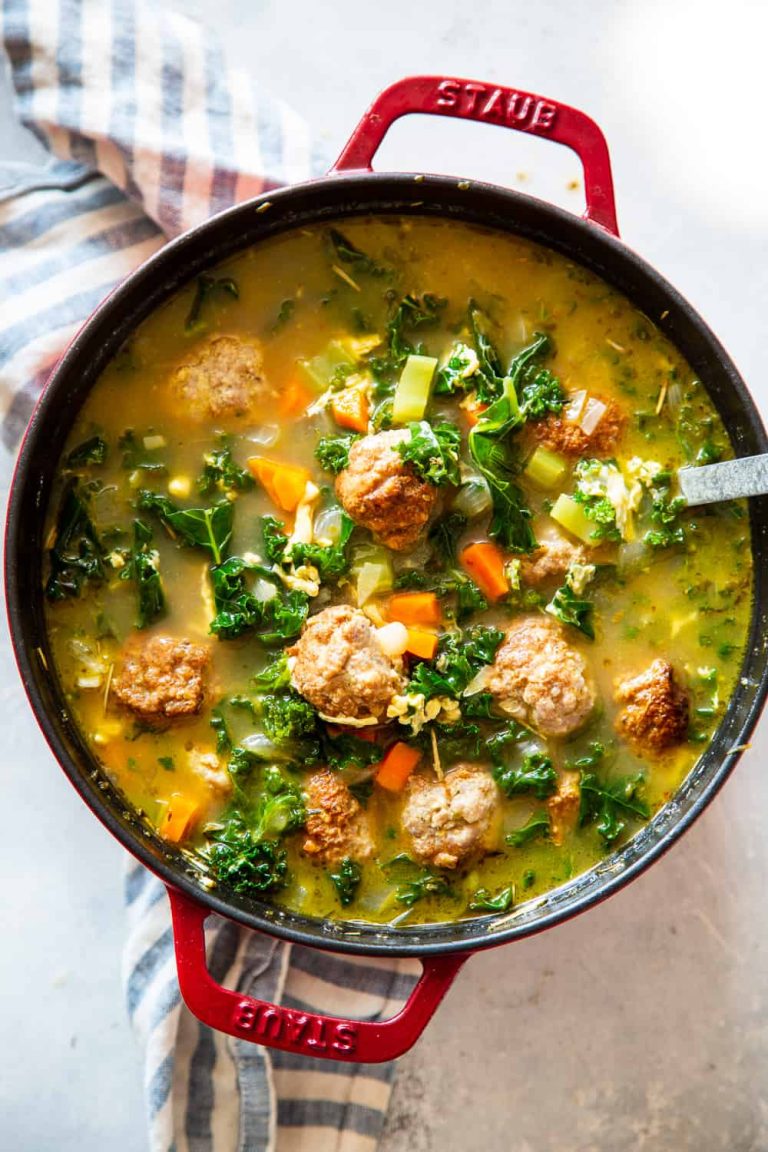Chicken Bog: Traditional Recipe, Nutritional Benefits, and Modern Twists
Chicken Bog dates back to the early settlers in South Carolina. Rice, chicken, and sausage—staples of the dish—reflect the agricultural bounty of the region. As settlers combined their cooking traditions with local ingredients, Chicken Bog emerged as a practical yet hearty meal.
Cultural Significance in Southern Cuisine
Chicken Bog holds a special place in Southern cuisine, particularly in South Carolina. It’s not just a dish; it’s a symbol of community. During social gatherings, church events, and family reunions, Chicken Bog often takes center stage. The dish’s enduring popularity underscores its role in Southern culinary traditions and heritage.
Key Ingredients in Chicken Bog
Protein: Chicken and Its Variants
Chicken forms the primary protein in Chicken Bog. Traditionally, whole chicken pieces like thighs and drumsticks are used, ensuring rich, flavorful meat. If you prefer, boneless, skinless breasts or thighs offer a leaner option. Additionally, variations might include smoked sausage, such as kielbasa, adding depth and a smoky flavor.
Role of Rice and Stock
Rice serves as the staple base in Chicken Bog, absorbing the rich flavors of the stock and seasonings. Long-grain rice is typically used, providing a fluffy texture when cooked. The stock, usually made from simmering chicken, enriches the rice with savory notes. Homemade chicken stock is preferred, but store-bought versions can be a reliable alternative in a pinch.
Spices and Seasonings
Spices and seasonings elevate the flavors of Chicken Bog. Common choices include salt, black pepper, and garlic powder, enhancing the dish’s core ingredients. Sometimes, bay leaves add an earthy undertone, while paprika or cayenne pepper introduces a hint of heat and color. Fresh herbs like parsley or thyme can also be included for a layer of freshness and complexity.
Step-by-Step Cooking Guide
Preparing the Ingredients
Gather the main ingredients: chicken, rice, sausage, and spices. Use 2.5 pounds of bone-in chicken pieces. Chop one large onion and two celery stalks. Measure 1.5 cups of long-grain white rice. Slice one pound of smoked sausage into rounds. Combine 2 teaspoons of salt, one teaspoon of black pepper, and one teaspoon of paprika.
Cooking Techniques and Tips
Boil the chicken in 8 cups of water for about 40 minutes until tender. Remove and let it cool, reserving the broth. Shred the chicken, discarding skin and bones. In a large pot, sauté the onion and celery in two tablespoons of butter until soft. Add the sausage, cooking for another 5 minutes. Pour in the reserved broth and bring it to a boil. Stir in the rice, shredded chicken, and spices. Reduce the heat, cover, and simmer for 20-25 minutes until the rice absorbs the liquid. Stir occasionally to prevent sticking. Serve hot, garnished with parsley if desired.
Nutritional Information
Health Benefits of Chicken Bog
Chicken Bog offers several health benefits due to its varied ingredients. Chicken is rich in protein, which supports muscle growth and repair. Rice provides carbohydrates, essential for energy, while vegetables like onions and celery contribute dietary fiber, vitamins, and minerals. Sausage adds flavor but select lean varieties to reduce saturated fats. Spices such as black pepper and paprika not only enhance taste but also may have anti-inflammatory properties. This combination makes Chicken Bog a nutritious and balanced meal within a Southern comfort food context.
Considerations for Dietary Restrictions
When considering Chicken Bog for specific dietary needs, attention to ingredient modifications can help. For those requiring a gluten-free meal, ensure all components, including sausages and spices, are gluten-free. Individuals on a low-sodium diet should use reduced-sodium broth and sausages or replace chicken broth with homemade, salt-free stock. If you follow a reduced-fat regimen, opting for skinless chicken breasts and turkey sausage can lower the fat content. By carefully selecting ingredients, Chicken Bog can be adapted to fit various dietary restrictions while retaining its beloved flavors.
Regional Variations
Classic vs. Contemporary Twists
Classic Chicken Bog recipes often feature chicken, rice, and sausage as the primary ingredients. Traditional versions use a whole chicken cooked in broth. Adding onions, bell peppers, and sometimes carrots contributes to the dish’s rich texture and flavor.
Contemporary twists introduce new elements and techniques for variety. Some cooks add different sausages, such as chorizo or andouille, for extra spice. Others incorporate herbs like thyme and bay leaves or even vegetables like mushrooms and spinach to modernize the flavor profile. Using brown rice or quinoa instead of white rice offers a healthier alternative.
Influences from Other Southern Dishes
Chicken Bog shows various influences from other Southern dishes, creating unique regional variations. In the Low Country region, Lowcountry Boil inspires some versions, adding shrimp or crabmeat. In other Southern parts, Pilau or Perloo, known for their use of game meats such as duck, influence Chicken Bog by incorporating venison or other local meats.
Jambalaya’s spices sometimes make their way into Chicken Bog, adding a Cajun twist. These influences diversify the dish’s flavors and ingredients, reflecting the rich culinary traditions of the Southeastern United States.
Conclusion
Chicken Bog isn’t just a dish; it’s a celebration of Southern heritage and culinary creativity. Whether you’re sticking to the traditional recipe or experimenting with modern twists, this hearty meal offers a delightful blend of flavors and nutrients. By adapting it to meet various dietary needs, you can ensure everyone at your table enjoys this comforting classic. Embrace the rich history and regional variations of Chicken Bog, and you’ll find it’s more than just food—it’s a shared experience that brings people together.






